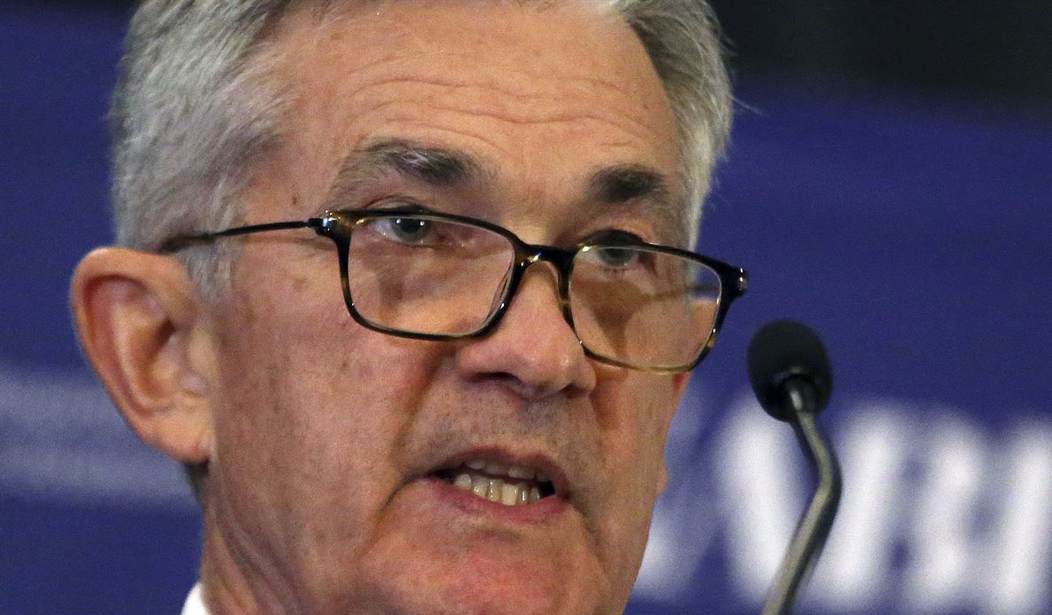Central banking is a lot like central planning: It’s based on the notion that a very few people have all the knowledge and wisdom necessary to make fundamental decisions about a national economy and all the people who function in it.
Case in point is Wednesday’s written testimony delivered to the House Financial Services Committee by Federal Reserve Chair Jerome Powell.
Powell admitted that inflation will likely “remain elevated in coming months,” despite the fact that Powell’s job is to protect the value of the dollar.
Of course, Powell can only do so much, and despite its enormous powers, the Fed can’t stop Biden from purposely driving up energy prices, nor does it hold any sway over Congress’ pursestrings.
But Powell is living in dreamland — or lying to Congress — when he said he expects inflation to “moderate” sometime after the “coming months” end.
Or maybe he’s just being vague on purpose.
But Powell does have a sledgehammer in the Fed’s toolbox capable of smashing inflation: the power to set interest rates.
Higher interest rates could cool off the overheated housing market, add a touch of sanity to car-buying decisions during the ongoing chip shortage, and suck some of the speculators out of the overvalued equities markets.
But no.
The Chicago Tribune reported today that Powell “signaled no imminent change in the Fed’s ultra-low-interest rate policies.”
Powell also said that the Fed is “still a ways off” from reducing its easing program of $120 billion in monthly bond purchases. The Fed’s profligacy helps keep interests rates low even as Washington indulges in record borrowing, while also pumping liquidity into an economy already enduring inflation numbers we haven’t seen in over a decade.
While Powell has said he believes the burst in inflation is caused by “temporary” issues such as COVID-related bottlenecks, it’s almost as though he has no clue about what’s going on in the White House and on Capitol Hill.
Remember Porkulus II, aka the infrastructure bill?
Democrats originally wanted to spend $2.8 trillion on everything from a few things that were arguably infrastructure to a lot of things that weren’t remotely related to infrastructure.
Republicans balked, offering a $900 billion compromise plan that would limit infrastructure spending to actual (mostly) infrastructure.
Now that even that has fallen through, Democrats are pushing an even bigger bill — $3.5 trillion-with-a-T — that they hope to get past the Senate on a filibuster-dodging reconciliation vote.
Politico reports (and I assume Powell is familiar with the publication) that top Dems are “gaming out several scenarios for muscling through the behemoth one-party spending bill given their razor-thin majorities in the House and Senate.”
The $3.5 trillion would be on top of the $2 trillion COVID “relief” budget-buster passed early this year, and it would also be in addition to the $6 trillion annual budget (up from “just” $4.4 trillion in 2019) Biden wants to spend in the next fiscal year. Biden’s plan calls for permanently higher spending, not even including baseline growth, with trillion-dollar-plus deficits as the new normal for the next decade.
That’s the kind of government spending that sucks growth out of the economy while pumping up aggregate demand and pumped-up liquidity, too.
If that’s not a recipe for stagflation, I’m not sure what else it could be.
And if Powell and the Fed can’t or won’t see what’s going on, and what needs to be done, then that’s the strongest case in recent memory against having a central bank at all.










